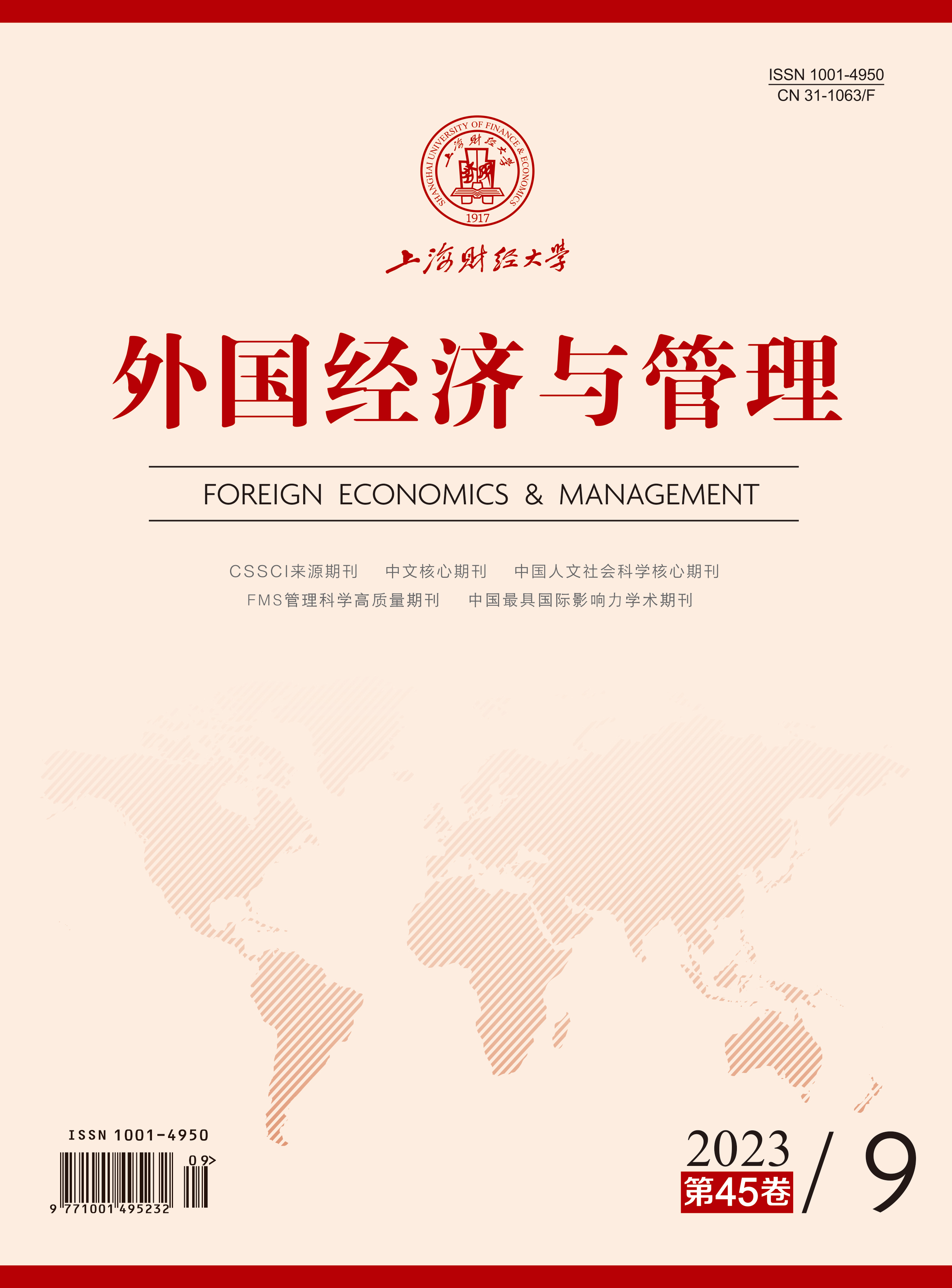根据传承异质性水平不同将家族传承模式分为父子共同创业继承和内部培养继承,从企业创新角度理解“代际传承之困”。研究结果表明,与培养继承的接班二代相比,父子共同创业的二代接班后企业的研发投入水平更高、创新绩效更好。进一步研究发现,家族持股比例提高、一代创始人在企业“垂帘听政”缩小了两类传承方式下家族企业创新的差异,此外二代性别和受教育水平对传承异质性与企业创新的关系具有调节作用。机制检验表明,父子共同创业二代继承的家族企业风险承担水平更高,并且能够缓解企业融资约束,从而促进企业创新。本文以新型加转轨经济背景下中国家族企业发展历史为依据,考察不同传承异质性水平下企业创新行为,对家族企业顺利完成代际传承、实现“基业长青”具有一定的启示。
家族二代何以成为企业创新的推动者?——家族传承异质性对企业创新影响研究
摘要
参考文献
1 蔡庆丰, 陈熠辉, 吴杰. 家族企业二代的成长经历影响并购行为吗——基于我国上市家族企业的发现[J]. 南开管理评论, 2019, 22(1): 139-150. DOI:10.3969/j.issn.1008-3448.2019.01.013
4 王小龙, 方金金. 财政“省直管县”改革与基层政府税收竞争[J]. 经济研究, 2015, 50(11): 79-93. DOI:10.3969/j.issn.1672-5719.2015.11.066
9 周怀康, 姜军辉, 葛淳棉, 等. 创业归来再出发: 创业烙印如何影响工作绩效?[J]. 管理世界, 2021, 37(7): 145-161. DOI:10.3969/j.issn.1002-5502.2021.07.011
11 祝振铎, 李新春, 叶文平. “扶上马、送一程”: 家族企业代际传承中的战略变革与父爱主义[J]. 管理世界, 2018, 34(11): 65-79. DOI:10.3969/j.issn.1002-5502.2018.11.007
12 Boubakri N, Cosset J C, Saffar W. The role of state and foreign owners in corporate risk-taking: Evidence from privatization[J]. Journal of Financial Economics, 2013, 108(3): 641-658. DOI:10.1016/j.jfineco.2012.12.007
13 Brown G, Lawrence T B, Robinson S L. Territoriality in organizations[J]. Academy of Management Review, 2005, 30(3): 577-594. DOI:10.5465/amr.2005.17293710
14 Campbell B A. Earnings effects of entrepreneurial experience: Evidence from the semiconductor industry[J]. Management Science, 2013, 59(2): 286-304. DOI:10.1287/mnsc.1120.1593
15 Corbett A C. Learning asymmetries and the discovery of entrepreneurial opportunities[J]. Journal of Business Venturing, 2007, 22(1): 97-118. DOI:10.1016/j.jbusvent.2005.10.001
16 Covin J G, Slevin D P. Strategic management of small firms in hostile and benign environments[J]. Strategic Management Journal, 1989, 10(1): 75-87. DOI:10.1002/smj.4250100107
17 Debrulle J, Maes J. Start‐ups' internationalization: The impact of business owners' management experience, start‐up experience and professional network on export intensity[J]. European Management Review, 2015, 12(3): 171-187. DOI:10.1111/emre.12050
18 Elfenbein D W, Hamilton B H, Zenger T R. The small firm effect and the entrepreneurial spawning of scientists and engineers[J]. Management Science, 2010, 56(4): 659-681. DOI:10.1287/mnsc.1090.1130
19 Fisher G, Kuratko D F, Bloodgood J M, et al. Legitimate to whom? The challenge of audience diversity and new venture legitimacy[J]. Journal of Business Venturing, 2017, 32(1): 52-71. DOI:10.1016/j.jbusvent.2016.10.005
20 Hadlock C J, Pierce J R. New evidence on measuring financial constraints: Moving beyond the KZ index[J]. The Review of Financial Studies, 2010, 23(5): 1909-1940. DOI:10.1093/rfs/hhq009
21 Jain B A, Kini O. Does the presence of venture capitalists improve the survival profile of IPO firms?[J]. Journal of Business Finance & Accounting, 2000, 27(9-10): 1139-1183.
22 Pontikes E G, Barnett W P. The non-consensus entrepreneur: Organizational responses to vital events[J]. Administrative Science Quarterly, 2017, 62(1): 140-178. DOI:10.1177/0001839216661150
23 Shepherd D A, Douglas E J, Shanley M. New venture survival: Ignorance, external shocks, and risk reduction strategies[J]. Journal of Business Venturing, 2000, 15(5-6): 393-410. DOI:10.1016/S0883-9026(98)00032-9
引用本文
陈德球, 徐婷. 家族二代何以成为企业创新的推动者?——家族传承异质性对企业创新影响研究[J]. 外国经济与管理, 2023, 45(9): 79-96.
导出参考文献,格式为:
下一篇:战略学习:研究述评与展望





 8411
8411  7831
7831

